The temperature of hand-brewed coffee is more or less suitable, and the characteristics of the five techniques of blackening coffee by hand.
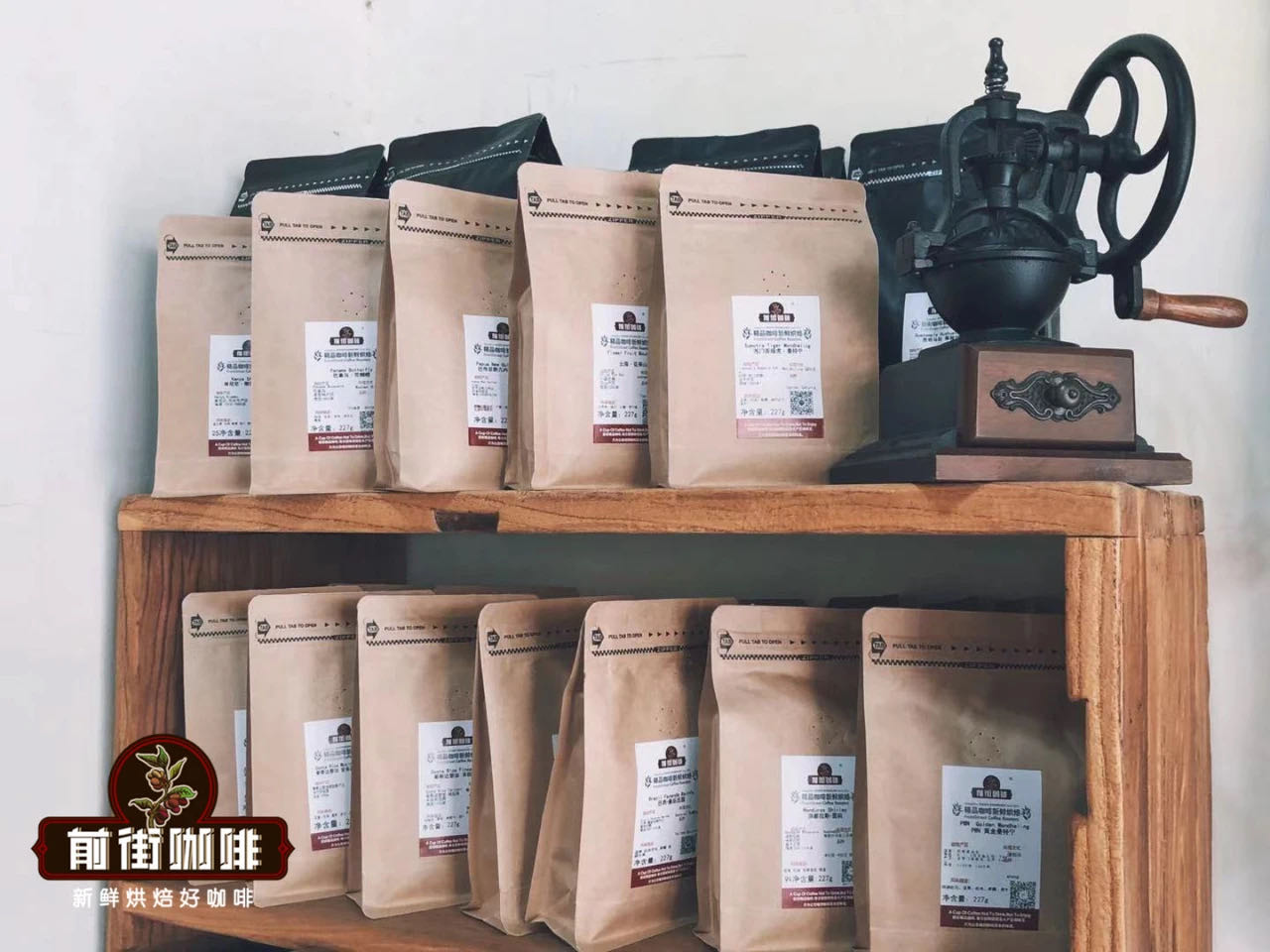
Some buddies who have just started drinking coffee have a cup of hand-made coffee every time they visit a new cafe. The most enjoyable process of drinking coffee outside is watching the barista handle and brew the beans he ordered.
But what is interesting is that the baristas in each cafe use different utensils and water temperatures for making coffee beans. If the friends who are familiar with the basic knowledge of hand-brewing coffee can understand the operation of the barista according to the basic information of coffee beans.
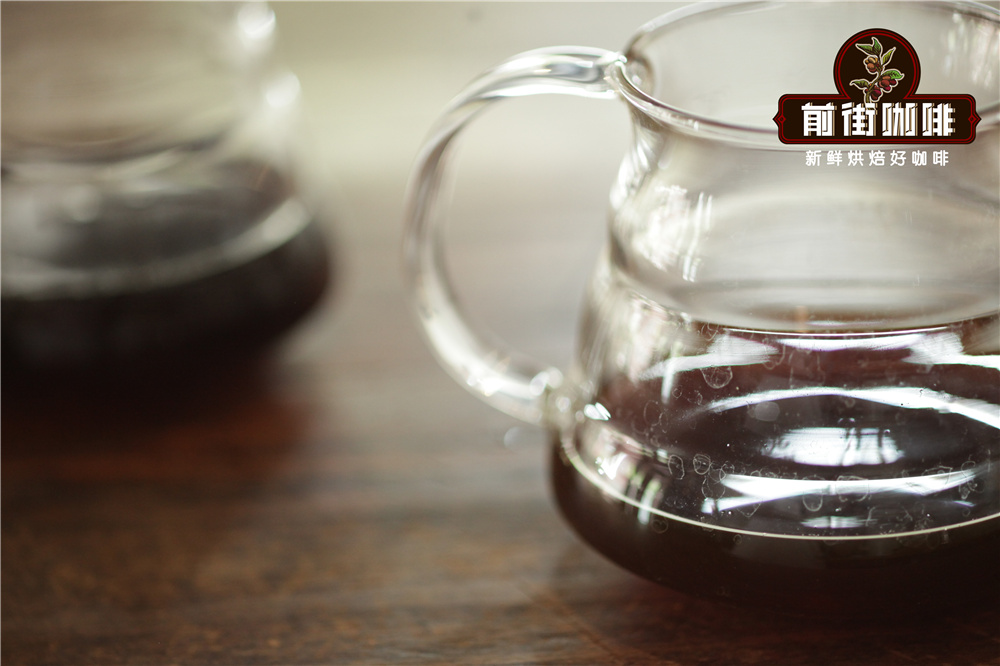
Compared with the coffee maker in the office, some friends can't help asking: is hand-brewed coffee really better than coffee maker? Qianjie once made a comparison with an official account article, which mentioned that those drip coffee machines are generally set by the factory before leaving the factory, the way of filling water, and so on. As consumers of this dripping coffee machine, the only thing we can control is the amount of coffee powder and the grinding thickness of the coffee powder. Therefore, different brands, different types, different designs of drip coffee machines, even the same coffee beans, the coffee flavor and taste will be different. It is a common occurrence that some are good and some are not.
The most recommended way in Qianjie is to control the whole process manually. If you like to drink ice, you can try cold coffee, ice drop coffee, ice hand coffee. If you like hot coffee, make coffee by hand.
Anyone who has been to Qianjie stores knows that there are two types of coffee produced in Qianjie: Italian coffee and dripping coffee, of which dripping coffee is only ice-drop coffee and hand-brewed coffee. Of all the types of coffee, handmade coffee is the most common product in Qianjie.
Baristas in front of the street have written many articles on the basic knowledge of hand brewing coffee, such as the thickness standard of hand brewing coffee powder and the temperature of hand brewing coffee. There are nearly half a hundred kinds of beans on the bean list in front street, so how does the barista in front street make the brewing plan according to the characteristics of each kind of coffee beans? According to the depth of baking degree, the water temperature, grinding degree and filter cup are determined.
Coffee beans in Africa, for example, are characterized by rising acidity and are mostly roasted at medium and shallow levels. Due to the shallow roasting degree, the dissolution rate of substances in coffee is slow. In order to extract good acid and aroma, higher water temperature (93 degrees Celsius) and fine grinding degree (Chinese standard 20 sieve pass rate 80%) are used. As the higher water temperature will accelerate the dissolution of substances in coffee particles, in order to avoid over-extraction caused by long-term contact between water and coffee powder particles. Filter cups with faster flow rates will be used (Hario V60 is recommended on the front street).
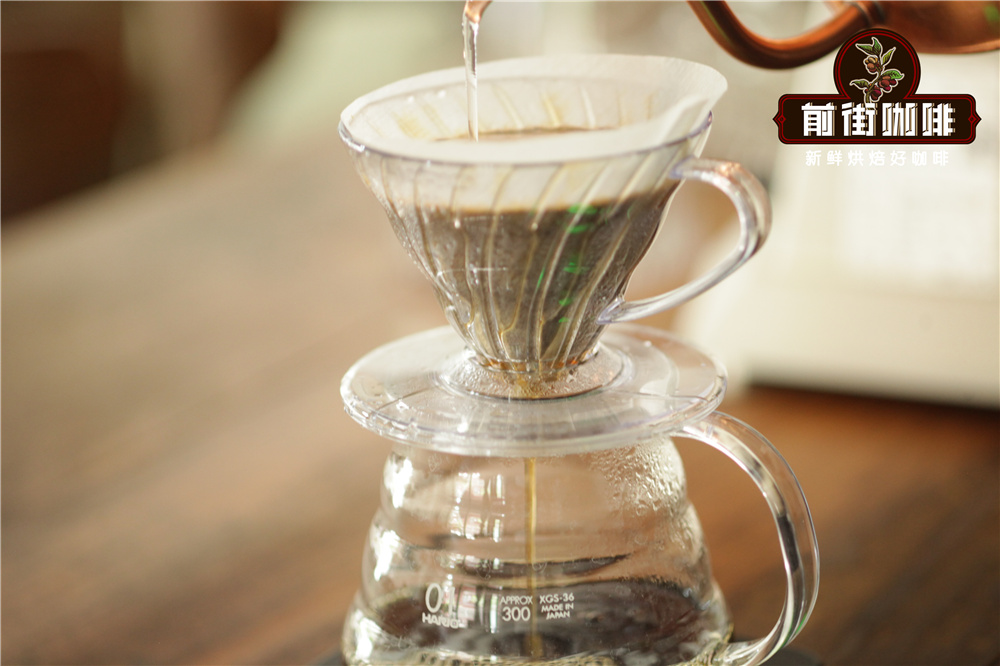
If it is a coffee bean with a deep roasting degree, the dissolution rate of the substance in the coffee is faster, so a lower water temperature (88 degrees Celsius) and a thicker grinding degree (70% of the pass rate of the Chinese standard No. 20 sieve) are used. Due to the low water temperature, the dissolution rate of substances in coffee powder particles will be relatively slow, in order to avoid insufficient extraction caused by water passing through coffee powder for too short time. So filter cups with slow flow rates are used (KONO filter cups are recommended in the front street).
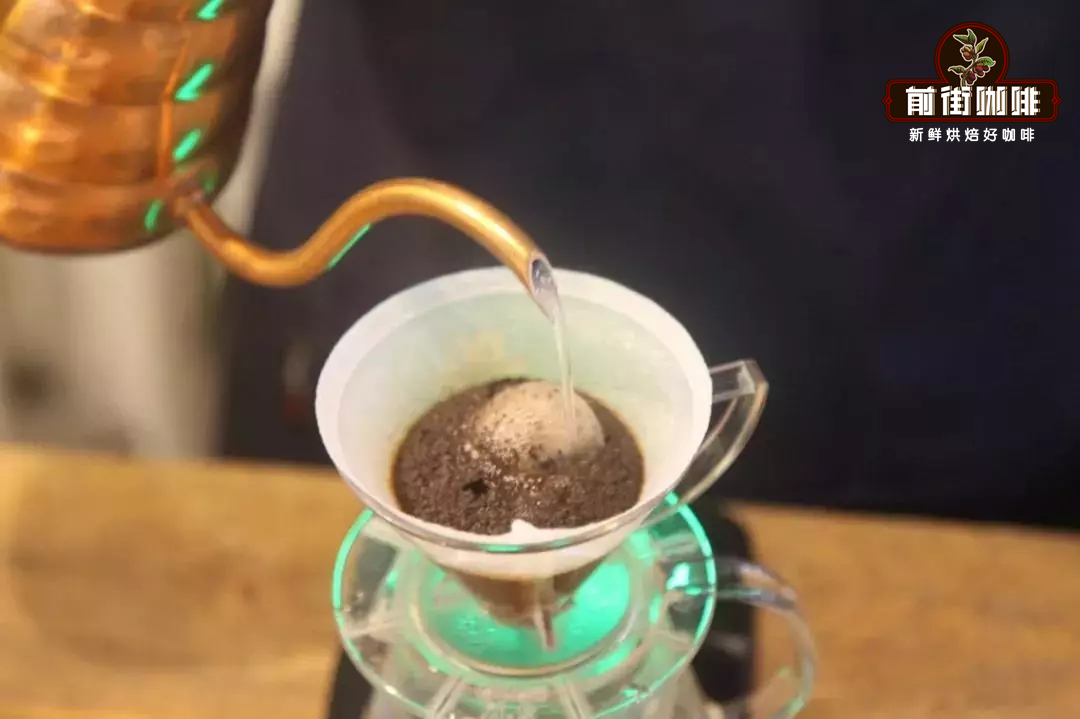
Hearing this, my friends are a little itchy and want to try it on their own. Don't worry, let's recommend a section of hand-made coffee beans in front of the street, so that you can try both ways.
Shallow baking as the representative can try the front street coffee rations bean series of water washed Yega. The Qianjie rations bean series contains coffee beans from various important producing areas, which is a cost-effective series that enables coffee rookies to quickly find out the flavor of their favorite producing areas. In order to allow people to taste the most basic flavor of the region, most of the coffee beans in this series are washed.
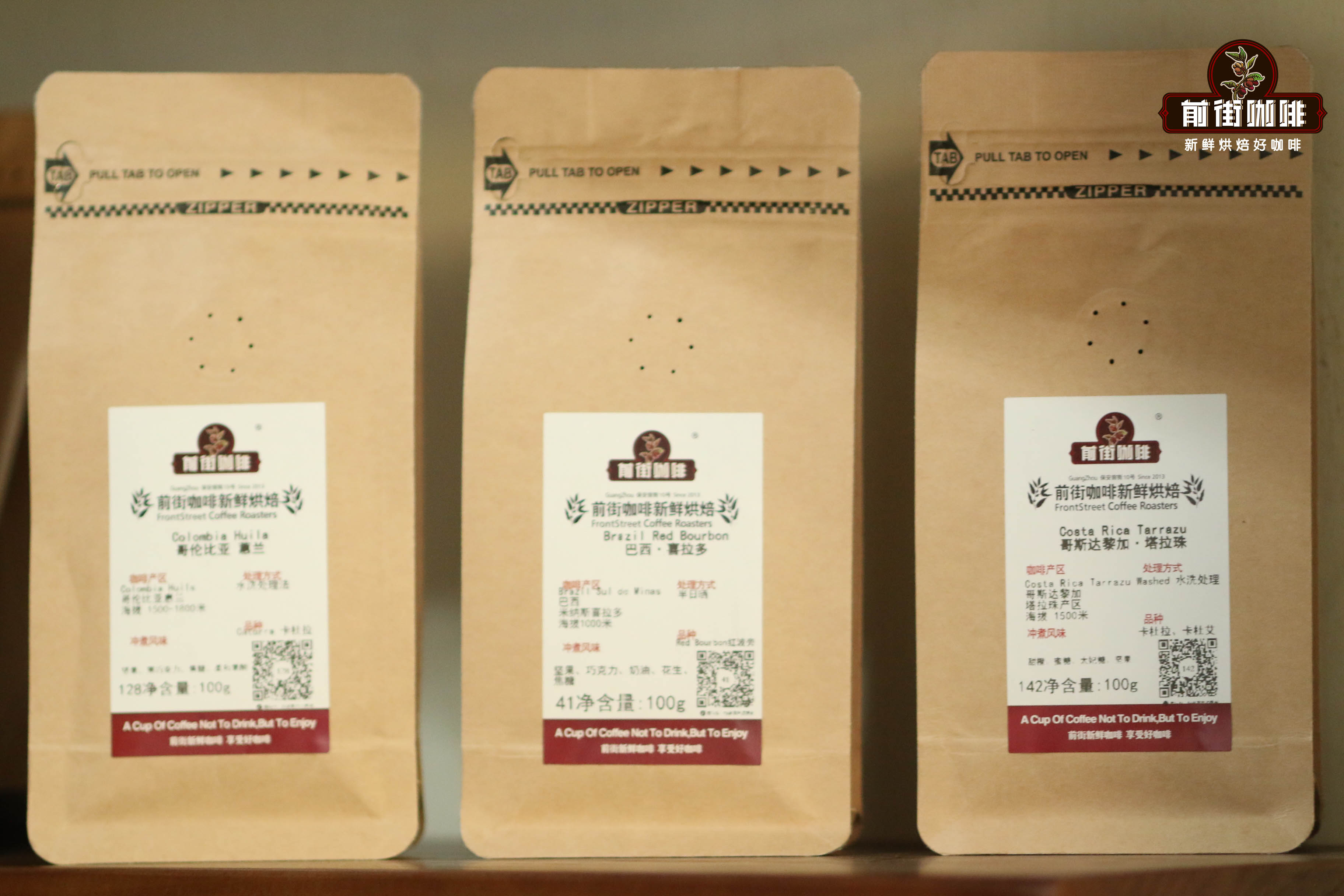
Ethiopia is the coffee producing country that rookies hear about and taste most often. Ethiopia is home-grown, and several Sidamo and Yegashifi areas are the most famous. Sidamo coffee is mainly sun-treated, and its berry sour cream taste is the characteristic of Sidamo coffee. On the other hand, since the introduction of water washing treatment in the 1970s, most of the coffee in Yejiaxuefei production area has been presented in the way of water washing treatment. Washed Yega Chuefei coffee has a strong aroma of white flowers, lemon acidity, clean and refreshing taste, very attractive.
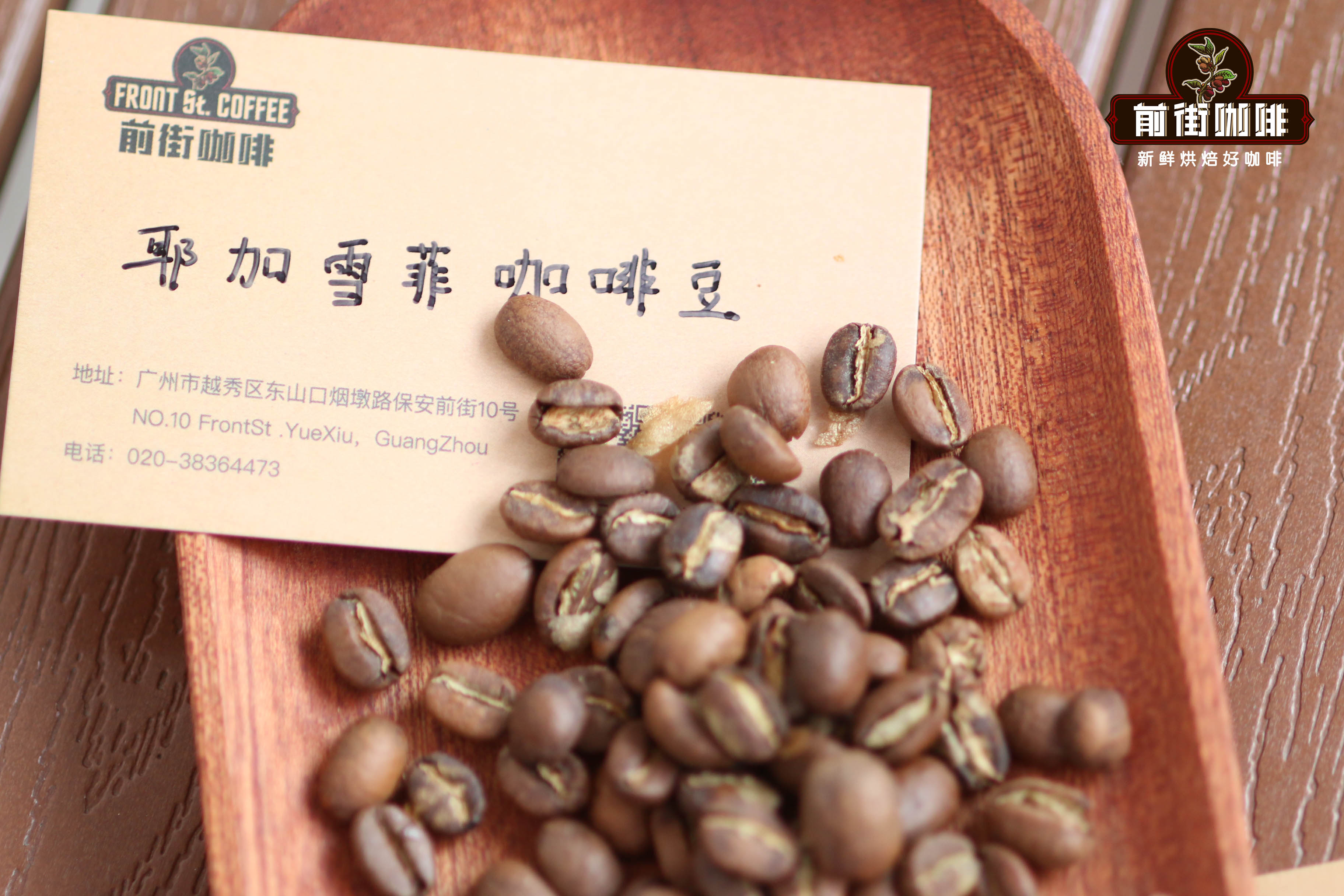
In front of the street, coffee is washed with Yega Xuefei.
Producing area: Yega Xuefei, Ethiopia
Altitude: 1800 m-2000 m
Variety: native species
Treatment method: washing treatment
Cooking flavor: Jasmine, berry, lemon, citrus
Yega Xuefei once belonged to the Sidamo producing area, but because of its unique smell of white flowers, farmers in other parts of Ethiopia labeled their coffee as Yega Xuefei. Later, as a last resort, Yega Xuefei was separated from the Sidamo production area and became a production area of its own.
The representative of the deep baking selected in Qianjie is also beans from the rations bean series, a Mantenin from Sumatra, Indonesia. Like Blue Mountain Coffee, Manning Coffee became famous in the last century, and mellow is synonymous with them. It is also the first choice for friends who do not like the sour taste of coffee.
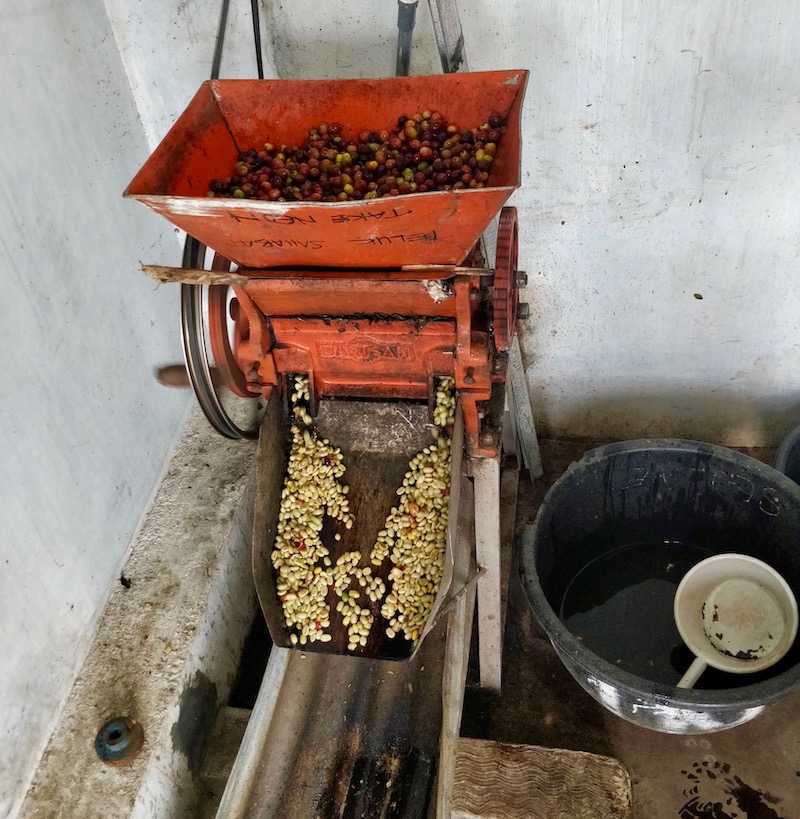
Indonesia Sumatra local characteristics of raw bean post-processing law Mantenin coffee flavor is unique, Mantenin coffee flavor also makes this treatment successful. As the local weather in Indonesia is often cloudy and sunny, which can not meet the conditions required by the sun treatment method, and the local economic conditions are limited, a unique semi-washing treatment method, the wet planing method, has been developed here.
Coffee beans after wet planing will be thicker and smoother in taste, and even aromas such as spices and herbs will appear with the change of temperature.
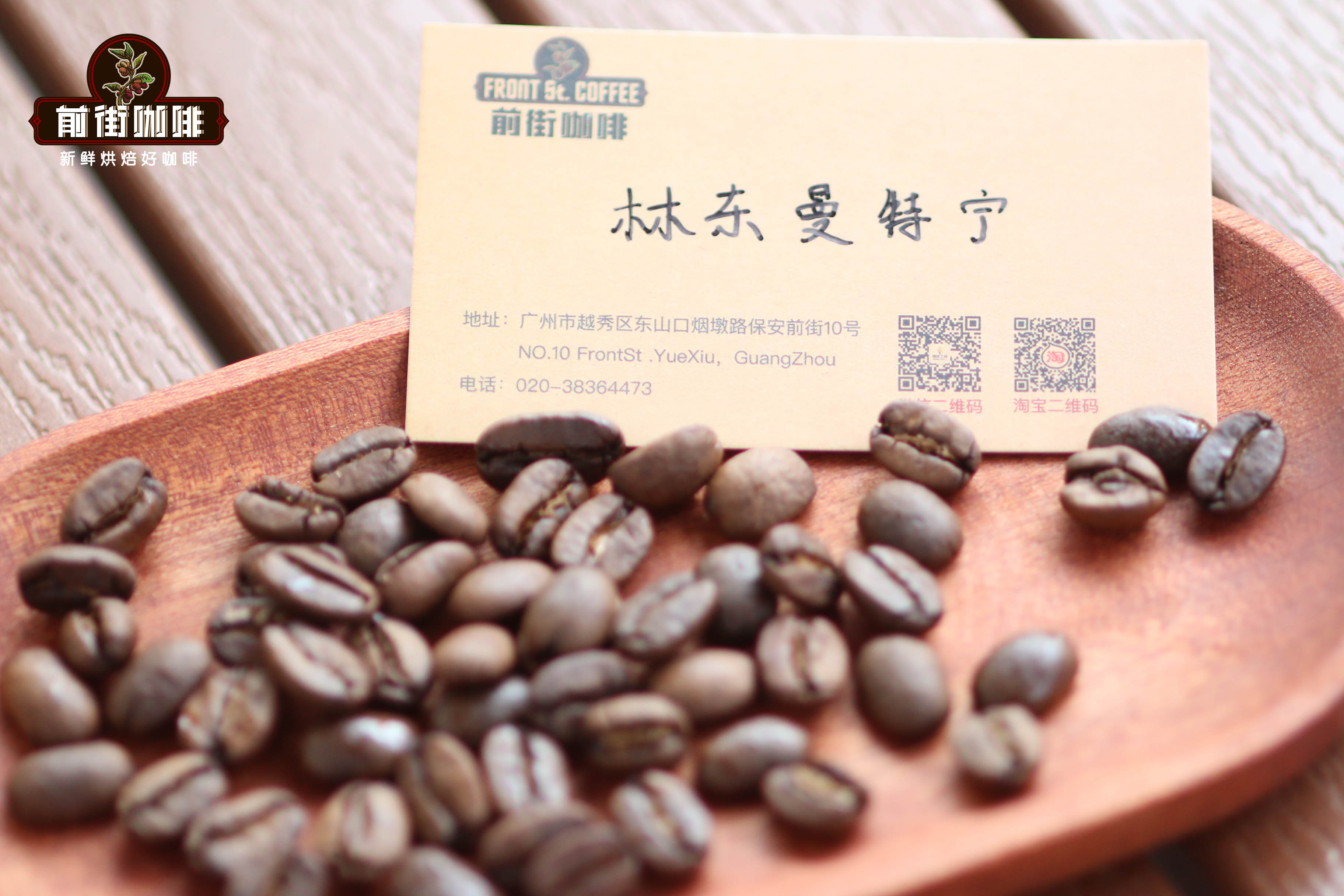
Qianjie Coffee Manning, Indonesia
Producing area: Lindong producing area of Sumatra, Indonesia
Altitude: 1100 m-1600 m
Varieties: Tim Tim, Ateng
Treatment method: wet planing method
Cooking flavor: baked toast, nuts, caramel, pine, herbs
For more information about coffee beans, please follow the coffee workshop (Wechat official account cafe_style) and exchange professional coffee knowledge. Please add Wechat account kaixinguoguo0925.
Important Notice :
前街咖啡 FrontStreet Coffee has moved to new addredd:
FrontStreet Coffee Address: 315,Donghua East Road,GuangZhou
Tel:020 38364473
- Prev
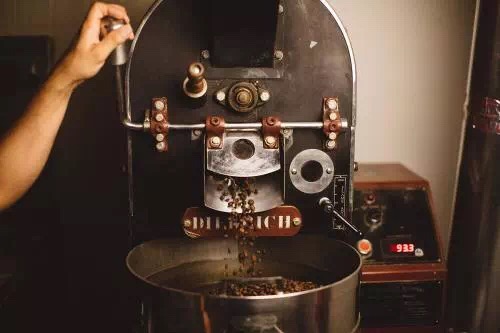
Professional coffee roasting | explanation of "PIMPIN'S PROFILE" roasting method
Professional coffee knowledge exchange more coffee bean information Please follow the coffee workshop (Wechat official account cafe_style) many people feel that even after reading books and watching teaching videos on the website, it is still difficult for us to understand the baking curve, and the roasted beans always fall short of psychological expectations. I have the honor to visit various well-known bakers, and have learned and used many kinds of baking ovens.
- Next
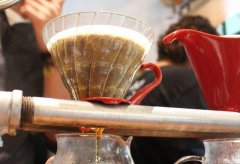
Hand-brewed Coffee course-Water temperature the relationship between hand-brewing time and water temperature
Professional coffee knowledge exchange more coffee bean information Please follow the coffee workshop (Wechat official account cafe_style) hand-brewed coffee steaming and water filling methods hand-brewed coffee water temperature and powder ratio when brewing coffee, you are often asked how many degrees of water do you want to brew? The recommended temperature range for hand punching is 80 degrees and 90 degrees. How many degrees is that? We actually test and choose the existing coffee.
Related
- Beginners will see the "Coffee pull flower" guide!
- What is the difference between ice blog purified milk and ordinary milk coffee?
- Why is the Philippines the largest producer of crops in Liberia?
- For coffee extraction, should the fine powder be retained?
- How does extracted espresso fill pressed powder? How much strength does it take to press the powder?
- How to make jasmine cold extract coffee? Is the jasmine + latte good?
- Will this little toy really make the coffee taste better? How does Lily Drip affect coffee extraction?
- Will the action of slapping the filter cup also affect coffee extraction?
- What's the difference between powder-to-water ratio and powder-to-liquid ratio?
- What is the Ethiopian local species? What does it have to do with Heirloom native species?

